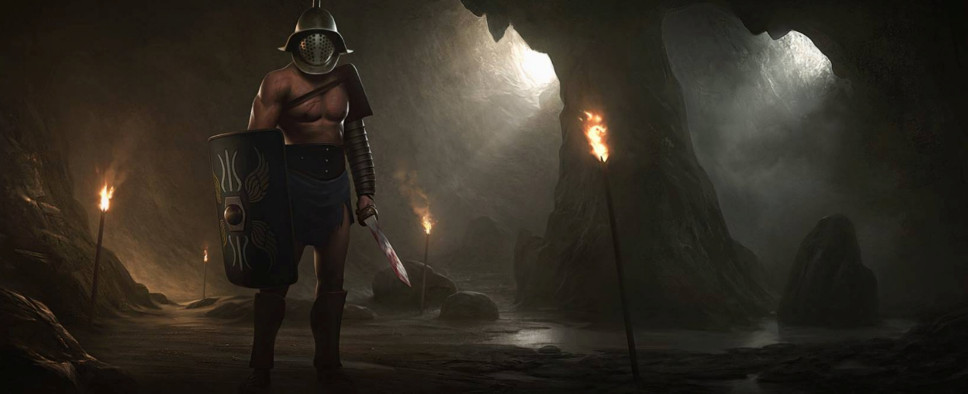Dungeon Rats Review
-
Category: ReviewsHits: 21712

Article Index
Page 1 of 3
Introduction Dungeon Rats is a dungeon-crawling spin-off to Iron Tower Studio's robust RPG, The Age of Decadence (AoD). While in AoD combat had to compete with a multitude of other more pacifistic approaches to problem solving, Dungeon Rats is a more focused experience that expands on its predecessor's combat system and adds the option to play with a party of up to four characters.
The developers described Dungeon Rats as something they could put together relatively quickly to fill the gap until their next big project, their colony ship-focused RPG, The New World. As a result, we have a game that contains about 50 carefully crafted turn-based fights set within AoD's world against a backdrop of a prisoner rebellion. It doesn't have a multitude of branching storylines or a way to talk yourself out of pretty much everything, so in order to achieve your goal you will have to fight, a lot, and if you hope to succeed, you will have to do it well.
Role-Playing System
To help you stay on your murderous path to freedom, Dungeon Rats throws away most civil skills AoD had, with the exception of alchemy and crafting. And if that wasn't enough to make this an easy to understand system, nonintrusive tutorial pop-ups are there to explain the basics while a quick reference guide is always just a few clicks away.
Creating a character in Dungeon Rats comes down to picking a weapon of choice, a defensive skill, and distributing the stat points. The attributes here mostly just govern your combat variables like the health pool or the number of action points, and can be used in an extremely limited number of contextual checks during exploration. Charisma is a bit different from the other stats in that it determines your maximum party size, which impacts your playstyle greatly.
The skills at your disposal work in a way you'd expect them if you're familiar with AoD. In case you aren't, you have a number of weapon skills that determine your proficiency with said weapons, increasing your chance to hit and unlocking access to weapon-specific abilities, like damaging enemy armor with hammers, or automatically poking everyone who comes too close with a spear. These skills synergize among themselves, and if you're putting points into throwing weapons for example, your proficiency with bows and crossbows also increases, albeit to a lesser degree.
Apart from weapon proficiency, you still choose whether you'll be dodging enemy attacks, or blocking them with a shield, never both. And, standing alone, is the critical strike skill that allows you to do more damage if luck is on your side and you beat your target's critical strike resistance.
Your foes also follow these rules and this parity is the basis for the game's three difficulties. The hardest one, where both you and your opponents follow the exact same rules, is the default one. Two of the easier difficulties skew the odds in your favor somewhat, without changing anything else. And for those who like to live completely on the edge, there's the Iron Man mode that limits your saving options.
Party, What's It Good For?
In Dungeon Rats you can recruit up to three companions from a pool of eleven to assist you along the way. The caveat is that the bigger your party is, the less experience its individual members receive. The progression is not linear, so you won't get 4 times as much experience alone as you would in a party of four, but the general idea remains – bigger parties don't improve their skills as quickly. This is important to keep in mind because the number of encounters in the game is more or less fixed and there is no grinding of any sort.


